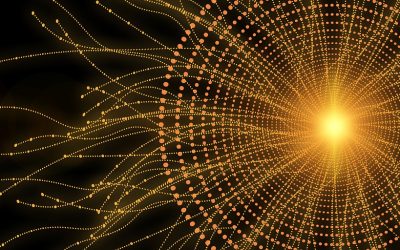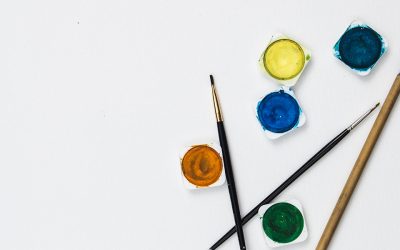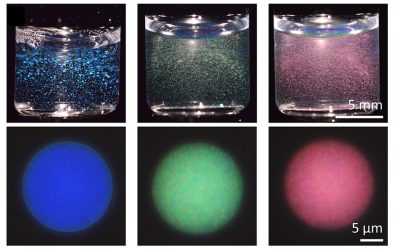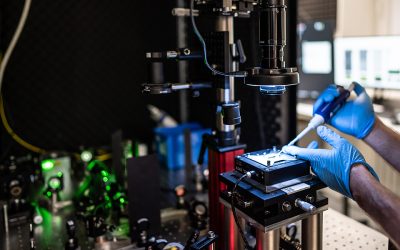There is more to color than meets the eye. Ever wonder where the brilliant blue feathers of Steller’s jay come from, or the metallic blue wings of Morpho butterflies? These so-called structural colors arise when visible light interacts with nanostructured materials having short- or long-range order. Morpho butterfly wings illustrate this phenomenon—their color vibrancy differs dramatically depending on the amount of dark pigment underneath the color-causing structures found on the back of their wings.
Researchers are interested in mimicking these optical phenomena found in nature for pigments and dyes.
In a communication in Advanced Materials, Shinya Yoshioka, Yukikazu Takeoka, and co-workers use the structural color of Steller’s jay as inspiration for their own artificial design.
They authors produced amorphous arrays of submicron-sized, fine, spherical, silica colloidal nanoparticles using a layer-by-layer method. The negatively charged silica layers were bound together by positively charged poly(diallyldimethylammonium chloride) (or PDDA) and adsorbed to carbon-black- containing quartz plates. Scanning electron microscopy and visible spectroscopy revealed a homogeneous colloidal amorphous array with short-range order. As the thickness of the array was increased up to 15 layering cycles, the color was much more vibrant for silica particle aggregation prepared on black plates than on transparent plates. When the thickness of the silica layer is increased, the color becomes less saturated and appears white. The authors determined the optimal thickness of the layer to be between 1 and 2 μm, which is comparable to the thickness of the air–keratin structural layer found in Steller’s jay. They also demonstrated that the material exhibited the same color independent of the angle of observation, which is also the case for the Steller’s jay.
The color of the artificial structures can be changed using different-sized silica nanoparticles. For example, particles with a 260 nm diameter appear green, and those with a 300 nm diameter are red-purple. The color saturation of the colloidal arrays on transparent plates can also be manipulated by controlling the blackness of the background via the orientation of two stacked polarizing plates. When one plate is positioned 90° to linearly polarized light, the background is black, while parallel plates produce strong backscattered light.
To find out more, please visit the Advanced Materials homepage.










